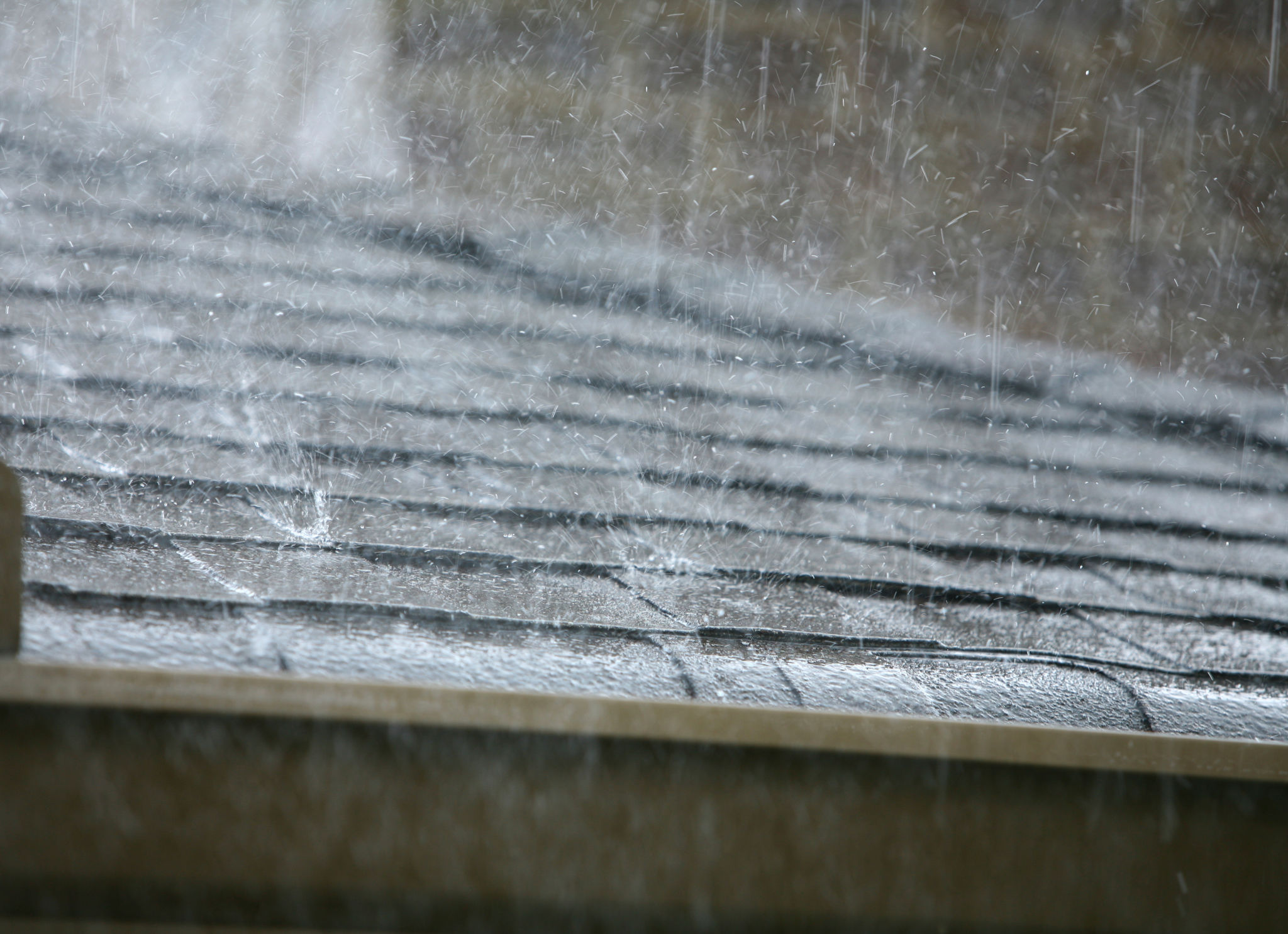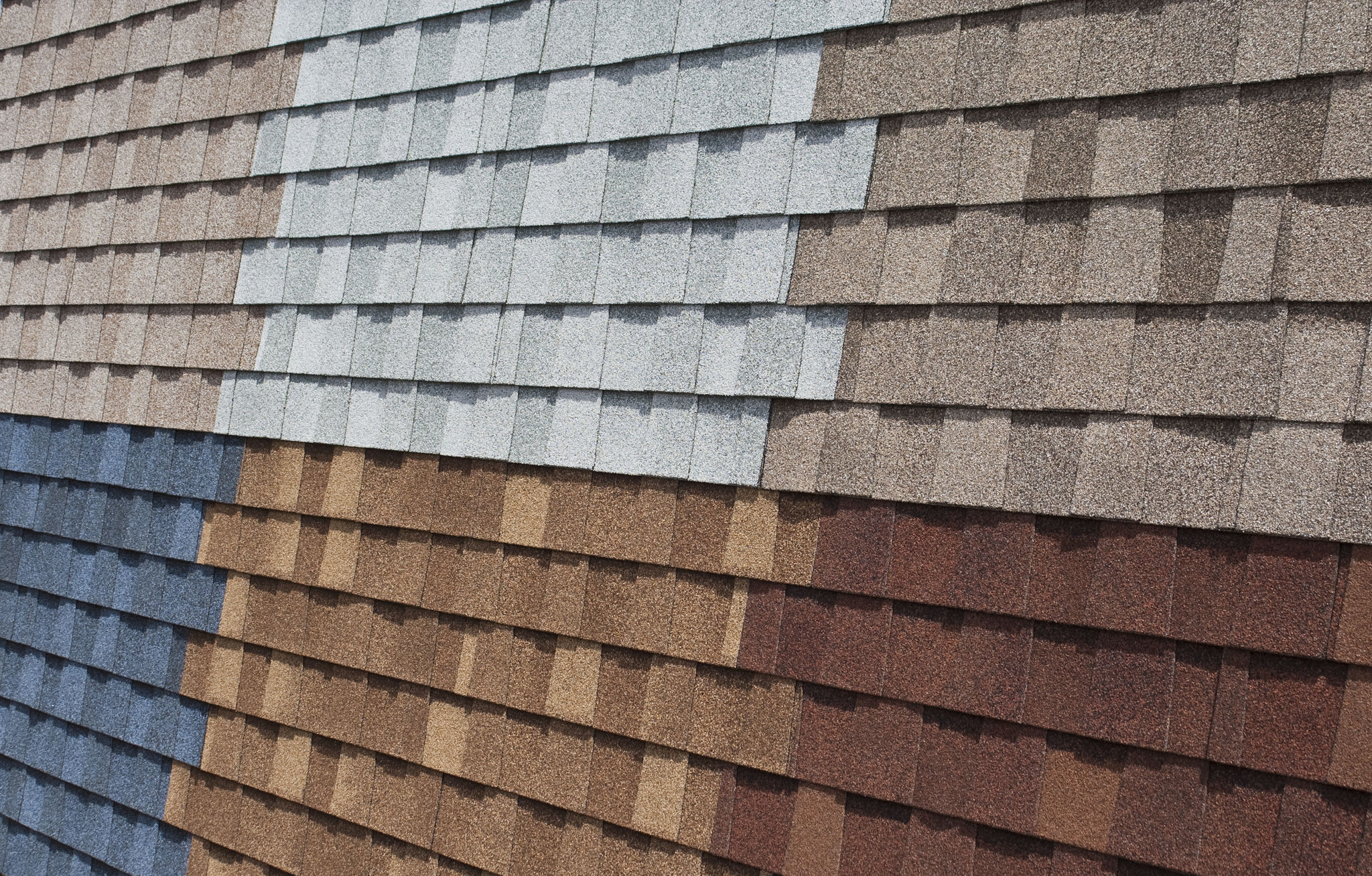The Impact of South Australian Weather on Your Roof: What You Need to Know
Understanding South Australia's Unique Climate
South Australia is known for its diverse and often extreme weather conditions, ranging from scorching summers to chilly winters. This variability can take a toll on your home, especially your roof. Understanding how the local climate affects your roof can help you make informed decisions about maintenance and repairs.
The long, dry summers can lead to expansion and contraction of roofing materials, while the occasional heavy rainfall can test the integrity of your drainage systems. Preparing your roof for these conditions is crucial to ensure its longevity and functionality.

Summer Heat and Its Impact
During the summer months, South Australia experiences intense heat, with temperatures often exceeding 40°C (104°F). Such extreme temperatures can cause roofing materials to expand, leading to cracks and other forms of damage. Over time, this can compromise the structural integrity of your roof.
Moreover, prolonged exposure to UV rays can deteriorate roofing surfaces, resulting in fading and weakening of materials. It's important to use UV-resistant coatings or materials designed to withstand high temperatures to protect your roof during the hottest months.
Winter Rain and Wind Challenges
In contrast to the dry summer, winter brings its own challenges with heavy rains and strong winds. These elements can lead to water pooling on roofs if drainage systems are not adequately maintained. Poor drainage can cause leaks and water damage inside the home.

Wind-driven rain can also find its way under roofing materials, leading to further complications. Ensuring that your roof is properly sealed and that tiles or shingles are securely fastened is essential to prevent weather-related damage.
Maintenance Tips for South Australian Roofs
Regular maintenance is key to prolonging the life of your roof. Here are some tips to keep in mind:
- Inspect your roof at least twice a year, ideally before and after the harshest seasons.
- Clear gutters and downspouts regularly to prevent water buildup.
- Trim overhanging branches to reduce debris and potential damage from falling limbs.
Choosing the Right Roofing Materials
Selecting materials that can withstand South Australia's climate is crucial. Metal roofing is popular due to its durability and ability to reflect heat, keeping homes cooler in summer. Tiles made from terracotta or concrete are also excellent choices, offering both durability and aesthetic appeal.

Consulting with a roofing professional can help you choose the best materials suited for your specific location and needs. They can provide insights into the latest technologies and products designed to handle extreme weather conditions.
The Importance of Professional Inspections
While regular self-inspections are beneficial, hiring a professional roofer for an annual check-up is highly recommended. Professionals can identify potential issues that may not be visible to the untrained eye and provide solutions before minor problems become costly repairs.
Additionally, a professional inspection can ensure that your roof complies with local building codes and regulations, providing peace of mind that your home is protected against South Australia's unpredictable weather patterns.
Conclusion: Proactive Measures for Longevity
Being proactive about roof maintenance and choosing the right materials can significantly increase the lifespan of your roof in South Australia's challenging climate. By understanding the unique weather patterns and taking appropriate measures, you can safeguard your home against potential weather-related damages.
Investing in regular maintenance and professional inspections will not only protect your roof but also enhance the overall value of your home. Taking these steps ensures that your home remains a safe and comfortable haven regardless of what Mother Nature throws your way.
